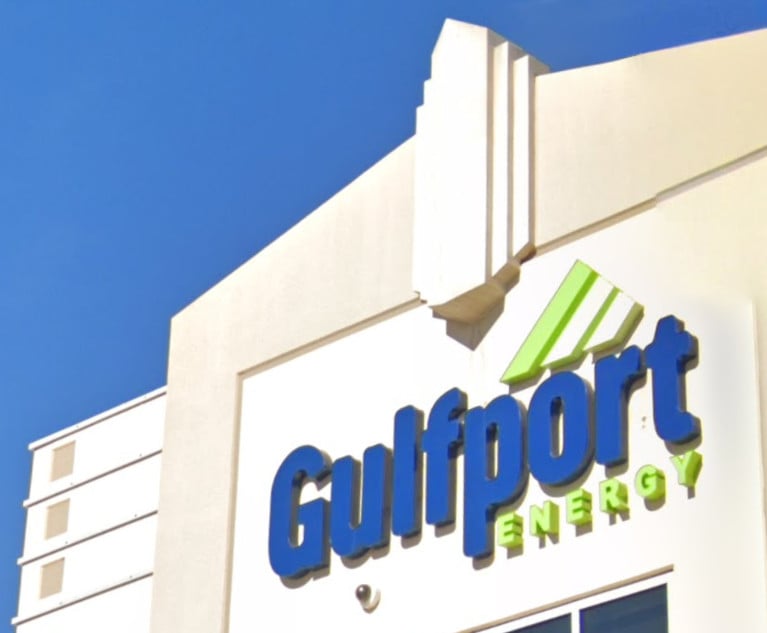Drilling and operating oil and gas wells, especially unconventional wells, generates a significant amount of flowback and produced water that must be managed properly under federal and state environmental laws (for this article, “produced water” will refer to all oil and gas extraction water). There are multiple produced water management strategies—and trends in the industry vary. The EPA’s newly released draft study, “Study of Oil and Gas Extraction Wastewater Management Under the Clean Water Act,” EPA‐821‐R19‐001 (May 2019), collected stakeholder input on produced water management options nationwide as part of its effort to determine whether future actions are appropriate to permit additional options to manage produced water.
Reviewing current management practices nationally, the EPA determined that injecting produced water into underground injection control (UIC) wells is the most common disposal option. Injection may be for disposal (Class II-D wells) or for enhanced oil recovery (Class II-R wells). The EPA and states with delegated authority implement these programs pursuant to the Safe Drinking Water Act. Pennsylvania has not applied for and does not have primacy to implement the federal UIC program in the commonwealth. Other management options include using produced water to hydraulically fracture new wells; using evaporation ponds or seepage pits in some states to contain produced water and subsequently collect precipitated solids for disposal or sale; using produced water from conventional operations for dust suppression and deicing; treating produced water onsite in mobile treatment units or treating it off site at centralized water treatment facilities (CWTs); disposing produced water from conventional operations at publicly owned treatment works (POTWs); and, in states west of the 98th meridian, discharging to surface water where suitable for agriculture or wildlife.


 Casey J. Snyder, left, and Kevin J. Garber, right, with Babst, Calland, Clements & Zomnir.
Casey J. Snyder, left, and Kevin J. Garber, right, with Babst, Calland, Clements & Zomnir.




